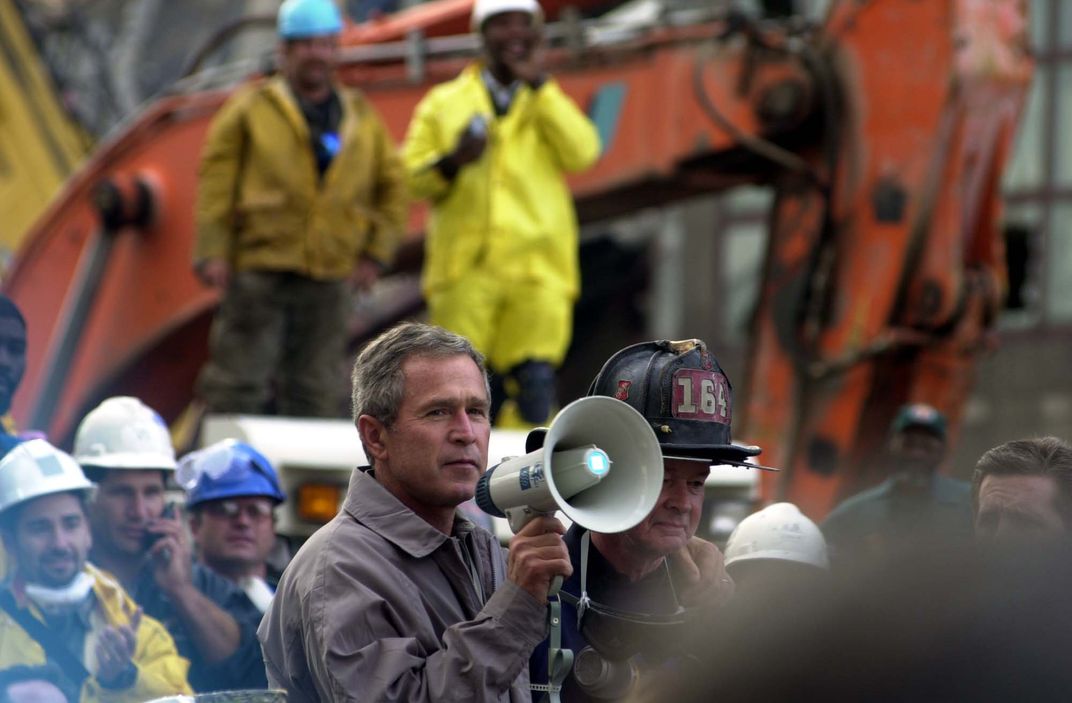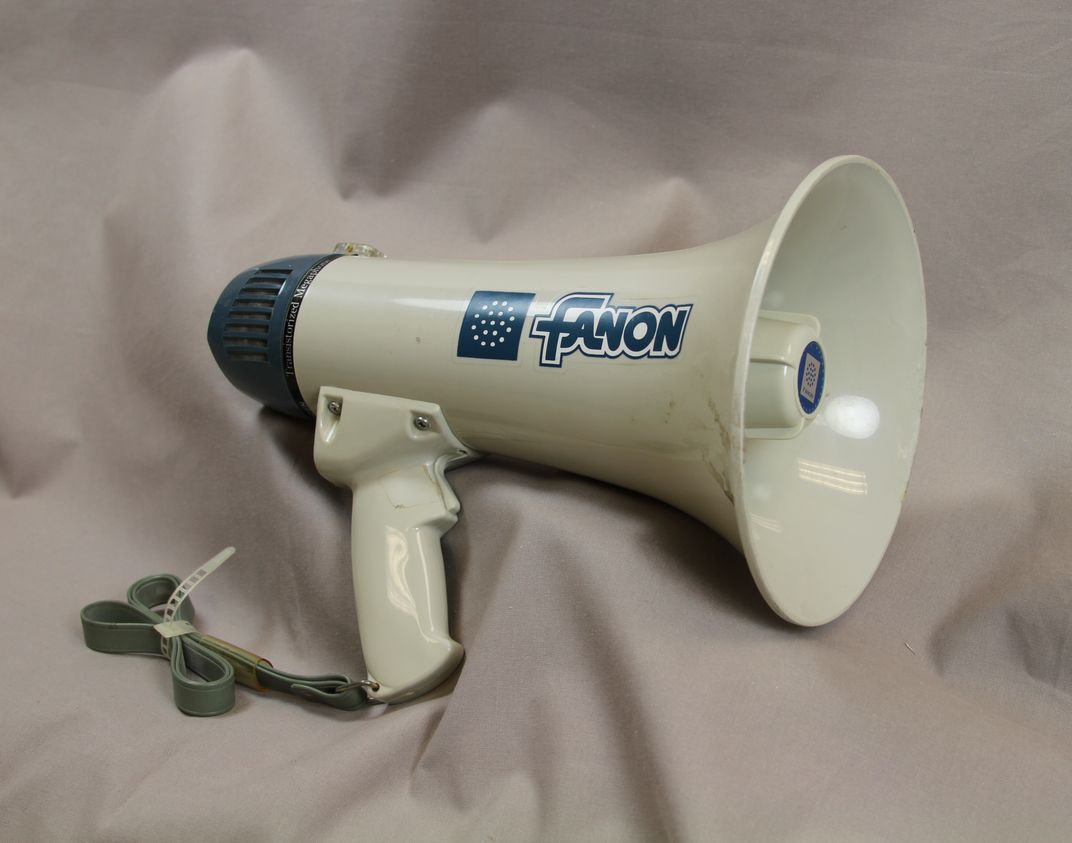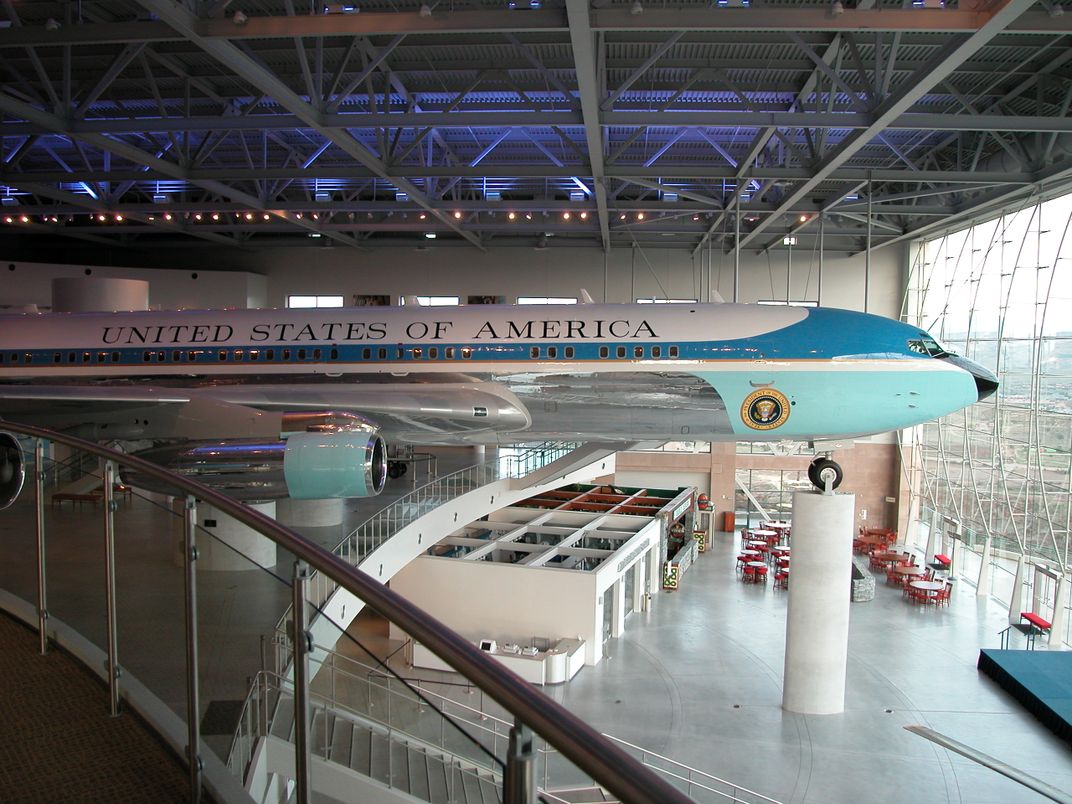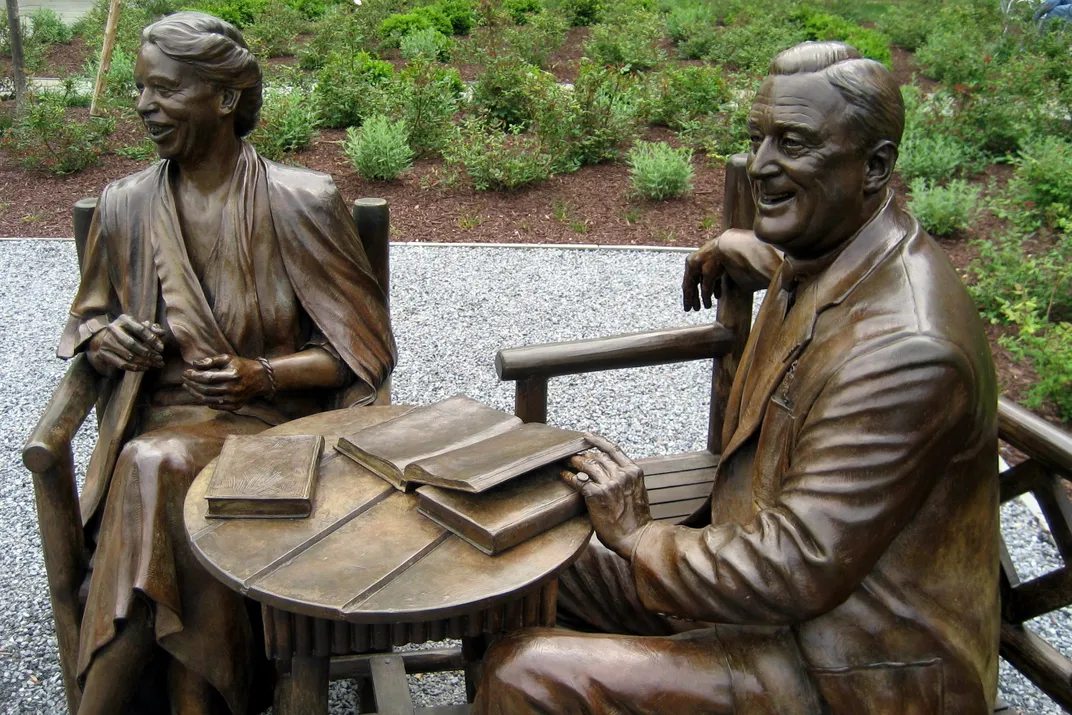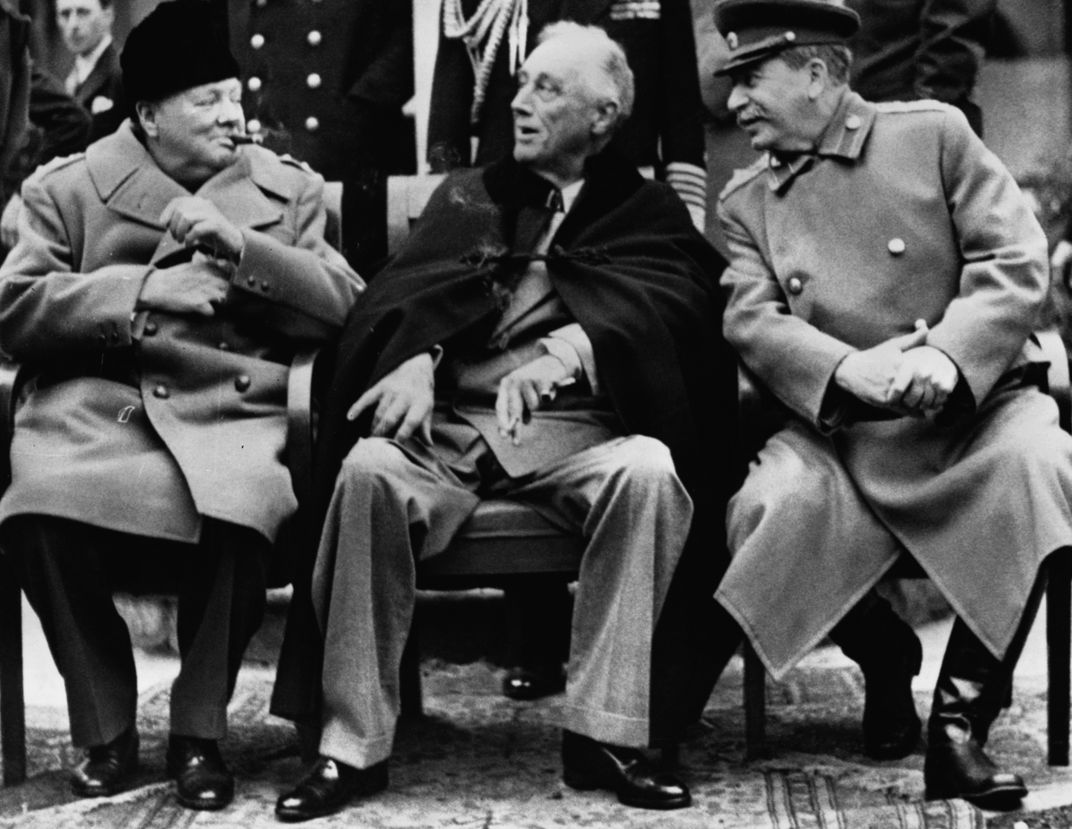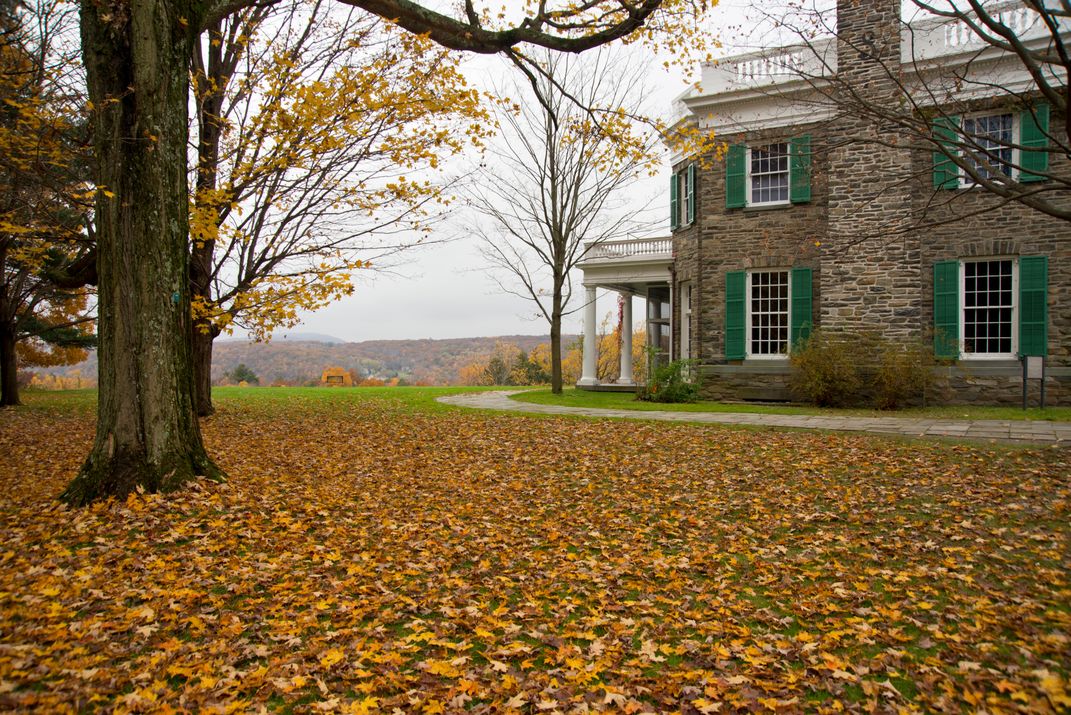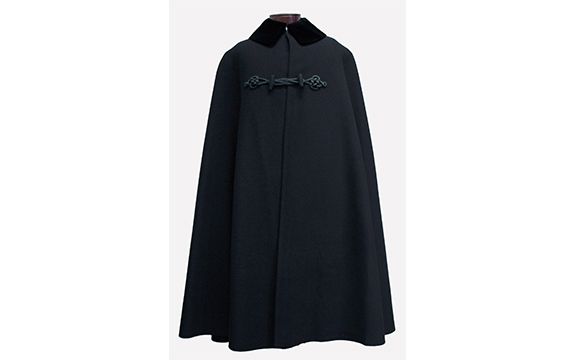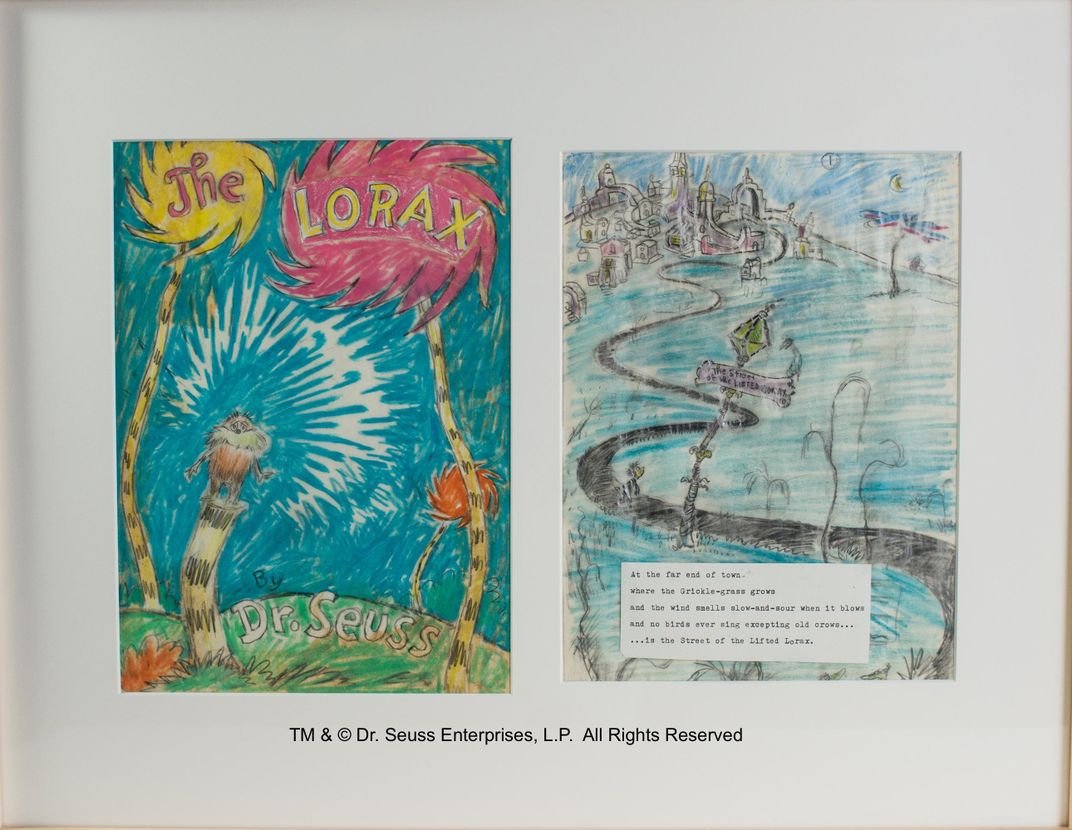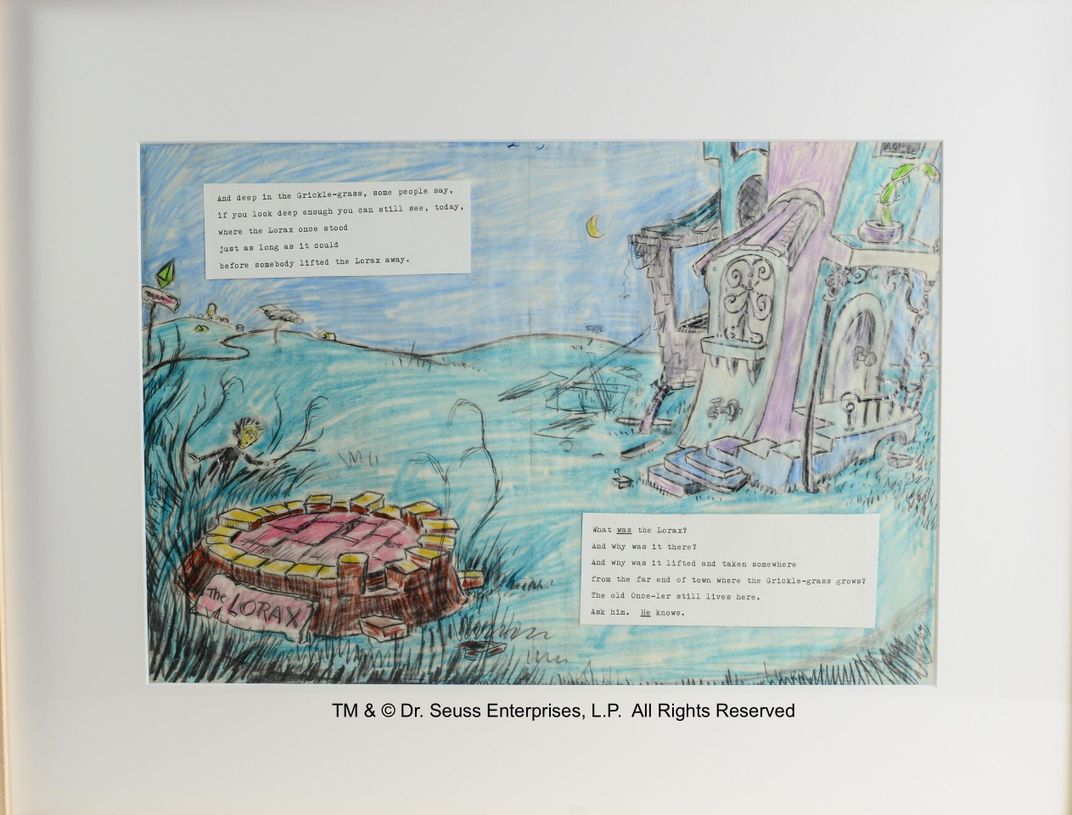These History-Making Artifacts Can Only be Found at Presidential Libraries
From coconut shells to boat cloaks, these mementos tell fascinating tales from American presidential history
:focal(320x172:321x173)/https://tf-cmsv2-smithsonianmag-media.s3.amazonaws.com/filer/82/54/8254eba7-2f94-427b-8ed6-60d0ad9fd4b6/jfk_pt-109_coconut.jpg)
Each of America's 44 presidents has left, or will leave, a unique legacy. There are legacies of firsts (George Washington, Barack Obama), legacies of war (Franklin D. Roosevelt, George W. Bush), legacies of might have been (Abraham Lincoln, John F. Kennedy) and legacies of hard decisions (Lyndon B. Johnson, Harry Truman).
As Barack Obama nears the end of his two terms as the 44th president of the United States, his legacy is taking shape. As with 13 other presidents before him, it's time for him to choose the location that will house many of the items connected to this legacy—the site of his presidential library. Last week, multiple news outlets reported that Obama had chosen Chicago as the site for his library (the official announcement is expected within weeks).
In June 1941, President Franklin D. Roosevelt became the first president to officially dedicate his library as a repository for all his presidential papers, records and historical items. Every president since FDR (and one before—Herbert Hoover, whose library opened in 1962 after operating as Hoover's Birthplace Museum for a number of years) now has a presidential library. In 1955, the Presidential Libraries Act required presidents to create the institutions. Subsequent acts in 1978 and 1986 made sure that nearly all presidential records and documents became property of the United States government, and are under the purview of the National Archives.
Today, there are 13 presidential libraries scattered across the country, from California to Massachusetts. Each one holds an extraordinary amount of historical documents and papers of invaluable historical value, and they are paired with incredible museums that display priceless artifacts, which, in one case, includes a giant airplane. Working with the Office of Presidential Libraries at the National Archives, we compiled a list of seven of the most fascinating, unusual, historic and legacy-defining artifacts currently on display at the presidential library museums around the nation:
The Coconut that Saved JFK: Boston, Massachusetts
John F. Kennedy's rise to the White House may have begun in the waters of the Solomon Seas in the early morning hours of August 2, 1943. During World War II, a 26-year-old Kennedy was serving in the Navy as the commander of PT-109, one of 15 PT (“Patrol Torpedo”) boats assigned to guard against the Japanese navy. At about 2:30 am, PT-109 was patrolling near Makuti Island when a Japanese destroyer rammed the boat, ripping it in half.
Despite being hurt himself, Kennedy managed to tow a badly burned fellow crew member three-and-a-half miles to the closest island. The rest of the crew followed and, for the next several nights, they were stranded on an island so small it only had six palm trees. Finally, two local native men in a canoe found them. Kennedy, knowing that a U.S. Navy base couldn’t have been too far away, scratched a message on a coconut shell and asked the two men to deliver it. They did, and the future president and his men were rescued soon after.
Kennedy would keep the coconut that saved him, encasing it in plastic and wood and placing it on his desk as a paperweight in the Oval Office. Today, that coconut can be still seen in JFK’s Presidential Library in Boston, the message still legible: “NAURO ISL … COMMANDER … NATIVE KNOWS POS'IT … HE CAN PILOT … 11 ALIVE … NEED SMALL BOAT … KENNEDY.”
George W. Bush’s Bullhorn at Ground Zero: Dallas, Texas
Three days after the attacks on 9/11, George W. Bush made his way to New York City. Standing on the rubble of the destroyed World Trade Center, Bush made his famous “Ground Zero” remarks using a Fanon MP-5 bullhorn. The bullhorn's range was only about 300 yards, and it was running out of power by the time the president used it, which could explain why some in the crowd yelled that they couldn’t hear Bush when he started to speak. Acknowledging this, the president responded into the bullhorn by saying “I can hear you! The rest of the world hears you! And the people—and the people who knocked these buildings down will hear all of us soon.”
The bullhorn was one of the first artifacts put on display at the George W. Bush Presidential Center at Southern Methodist University in Dallas, Texas, when it opened in 2013.
Reagan’s Air Force One: Simi Valley, California
Ever since Dwight D. Eisenhower became the first president to fly “Air Force One” in 1953, the presidential plane has taken on iconic status. Starting in 1962, President Kennedy, President Johnson and President Nixon all flew the SAM 26000 as their Air Force One (officially, the airplane can only be called Air Force One when the president is physically on board), but by 1972, the plane was badly in need of upgrading. So, Nixon commissioned the SAM 27000 as his main mode of air travel. (SAM 26000 was kept as a backup, and continued to provide service until 1998). The SAM 27000 remains the longest-serving Air Force One, having flown for 29 years and served seven presidents. It was finally retired by President George W. Bush in 2001.
Upon its retirement, the plane was flown to California and presented to the Reagan Foundation, on loan from the United States Air Force. In 2005, all 153 feet of the "Flying White House" were placed inside Reagan’s Presidential Library. Today, it's the only Air Force One the public can walk through, getting a close look at the place where President Reagan chatted with press, President Clinton slept on international flights and President George H.W. Bush sent and received faxes.
The Cloak Franklin D. Roosevelt Wore at the Yalta Conference: Hyde Park, New York
Franklin D. Roosevelt's Library and Museum in Hyde Park, New York, shares the same geographic site as the lifelong home of our nation’s 32nd president. Roosevelt left the house, located along the shores of the Hudson River, to the Department of Interior; it was later turned over to the National Park Service, and has been preserved pretty much exactly how the president left it when he died in 1945. That includes the items in the closets.
In FDR's Library and Museum, the velvet-and-wool boat cloak President Roosevelt wore at the Yalta Conference in 1945 is periodically display and still in good condition. Seen in numerous famed photographs, the cloak kept the president warm as he traveled to Crimea to meet with Joseph Stalin and Winston Churchill for the conference that decided the future of post-World War II Europe. Roosevelt would die only two months after the Yalta Conference.
The American Embassy’s Staircase: Grand Rapids, Michigan
On April 29, 1975, Saigon fell, and the Vietnam War was finally over. While American forces were no longer fighting in the country thanks to a ceasefire agreement signed two years earlier, there were still some Americans within the country's borders—and they needed to get out. Throughout a hectic 36 hours, the United States Marines, Army, and Navy performed complicated and dangerous helicopter evacuations from the roof of the American Embassy to evacuate over 7,000 Americans and South Vietnamese from Saigon. Named Operation Frequent Wind, this was the largest airlift in American history. From many miles away in Washington D.C., President Ford paid close attention.
The very staircase that American personnel and Vietnamese allies ascended to the embassy roof before being rescued is now preserved in the collections of the Ford Presidential Museum in Grand Rapids, Michigan.
The Teleprompter Transcript from Eisenhower's Farewell Address: Abilene, Kansas
President Eisenhower made his final address to the nation three days before John F. Kennedy was inaugurated, on Janurary 17, 1961. In the 15-minute speech, the president touched upon the prosperity of America, but warned against the “military-industrial complex,” noting that “[America] annually spend[s] on military security more than the net income of all United States corporations.”
The address has endured as a symbol of 20th-century America. Today, the very teleprompter script that President Eisenhower used while talking to America from the Oval Office is in the collections of the Eisenhower Presidential Library, Museum and Boyhood Home in Abilene, Kansas.
When President Eisenhower entered the White House in 1953, only eight percent of American homes had television. When he delivered this address in 1961, 89 percent had televisions. In order to make sure he utilized the new medium properly, the president hired famed actor and president of the Screen Actors Guild Robert Montgomery as his television coach. Montgomery advised the president to wear makeup and blue shirts. For his efforts, Eisenhower received an honorary Emmy in 1956, which can be seen alongside the script at his Presidential Library.
Original Illustrations of Dr. Seuss’ The Lorax: Austin, Texas
With its bright colors, environmental message, and furry (and grouchy) protagonist, Dr. Seuss’ The Lorax is one of the most beloved children’s books of all time. The story of how the original illustrations from the manuscript ended up in Austin, Texas, at the Lyndon B. Johnson Presidential Library, is a testament to the appeal of Dr. Seuss, and LBJ’s famed negotiating skills.
The story goes that Theodore Geisel (aka Dr. Seuss) was at a Democratic fundraising dinner in 1970 when he sat next to Liz Carpenter, LBJ’s Press Secretary. Knowing about the ex-president and the first lady’s own environmental crusade, the author told Carpenter about his upcoming book. She showed interest, and soon after disappeared, only to come back with a message for Dr. Seuss: The President would like to talk to him on the phone. Geisel could barely say hello before the former president thanked him for donating the drawings to the library. As was LBJ’s customary style as a politician, there was no request—just a thank-you.
A previous version of this article stated that there are 14 Presidential Libraries and Museums. There are, in fact, 13, due to the President Nixon College Park, Maryland, location being a National Archives and Records Administration building.
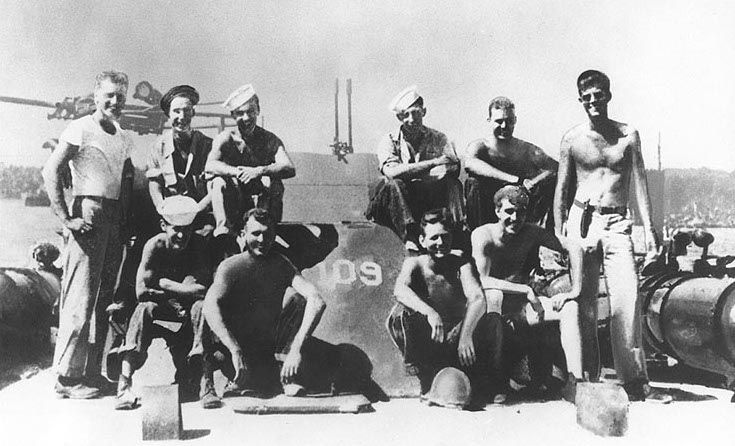
/https://tf-cmsv2-smithsonianmag-media.s3.amazonaws.com/filer/82/54/8254eba7-2f94-427b-8ed6-60d0ad9fd4b6/jfk_pt-109_coconut.jpg)

